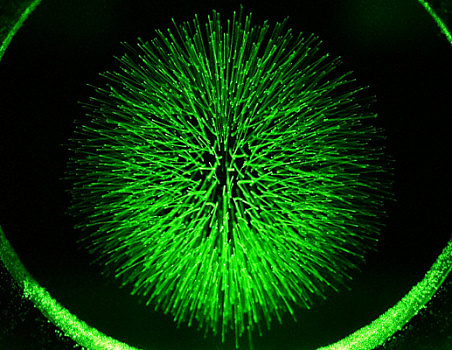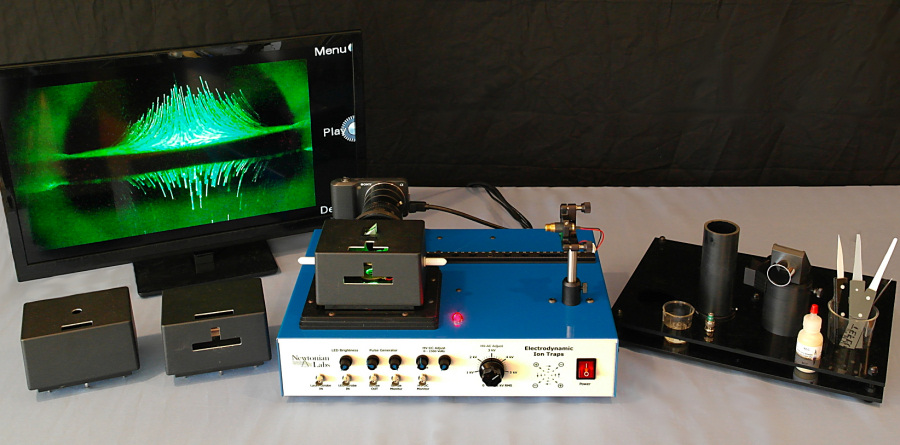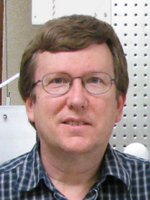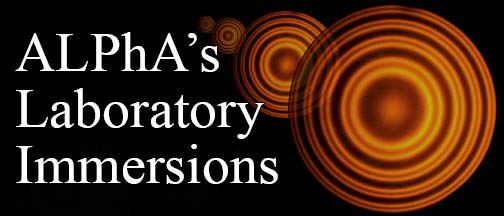- Home
- What We Do
- Laboratory Immersions
- Immersions 2018
- Imm2018Caltech_IonTrapping
Electrodynamic Ion Trapping
California Institute of Technology, June 20-22, 2018
(One set-up available for four participants)

A photo of some trapped ions
Trapping individual atoms is quite difficult, requiring lots of time and expensive equipment. In this workshop you will be trapping and observing larger particles, about twenty-five microns in diameter, which is significantly easier but involves many of the same underlying physical principles as trapping individual atoms. Also, they are easier to see. In this lab you will be working with different types of ion trapping geometries, examining their characteristics, and making some measurements of individual trapped particles.

Pricing and documentation including videos, a guide to experiments, a sample student handout, and detailed information about the physics of the trap are available at the Newtonian Labs website.
Hosts and Mentors
Dr. Eric D. Black, California Institute of Technology, Department of Physics, MC 264-33 Pasadena, CA 91125. Email: blacke@its.caltech.edu. Telephone: 626-395-3858.
 Kenneth G. Libbrecht (B.S., Caltech; Ph.D. Princeton) is professor of physics at the California Institute of Technology where he is involved in the Laser Interferometer Gravitational Wave Observatory (LIGO), the growth of crystals, notably snow crystals, and physics education. He has helped turn a number of Caltech's new experiments for the teaching labs into commercial products, which may be seen at http://newtonianlabs.com and in this Immersion.
Kenneth G. Libbrecht (B.S., Caltech; Ph.D. Princeton) is professor of physics at the California Institute of Technology where he is involved in the Laser Interferometer Gravitational Wave Observatory (LIGO), the growth of crystals, notably snow crystals, and physics education. He has helped turn a number of Caltech's new experiments for the teaching labs into commercial products, which may be seen at http://newtonianlabs.com and in this Immersion.
Kenneth G. Libbrecht, Professor of Physics, California Institute of Technology, Department of Physics, MC 264-33 Pasadena, CA 91125. Email: kgl@caltech.edu. Telephone: 626-395-3722.
Please note that the Jonathan F. Reichert Foundation has established a grant program to help purchase apparatus used in Laboratory Immersions. Limitations and exclusions apply, but generally speaking the foundation may support up to 40% of the cost of the required equipment.






